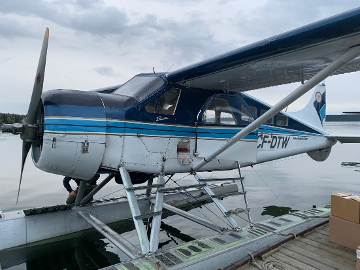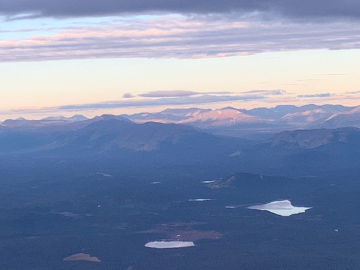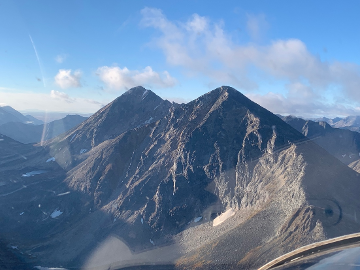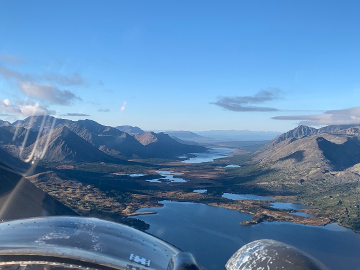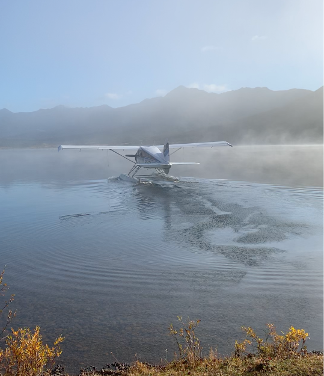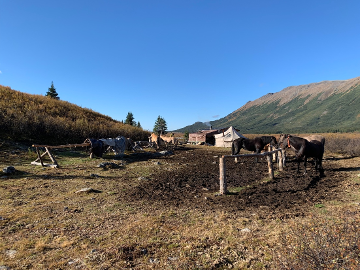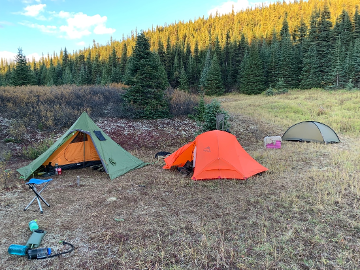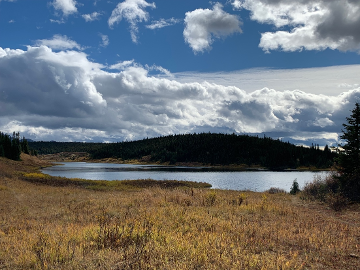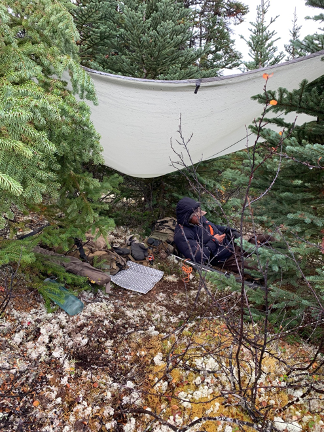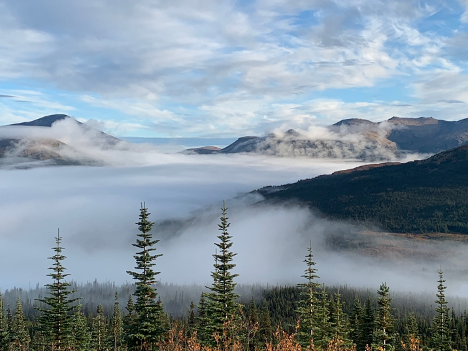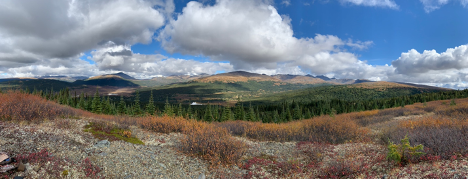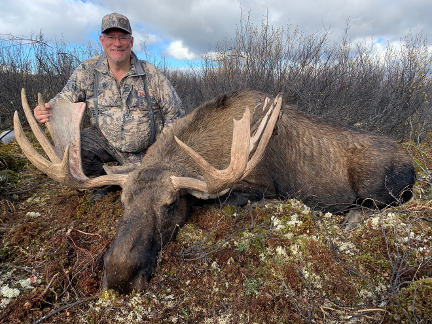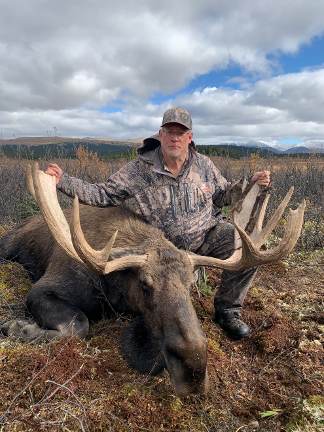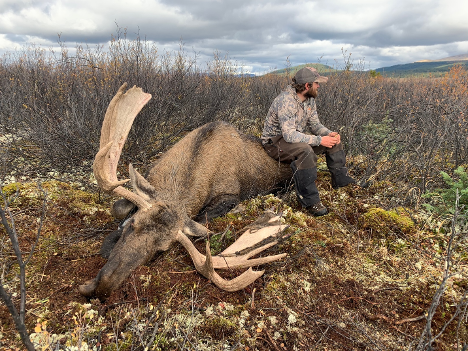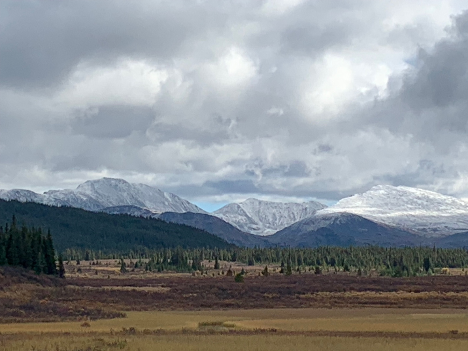Background
I have been a member of HT for about 5 years but this is my first self-initiated thread. I am by no means the most eloquent writer but hopefully the following story is somewhat entertaining.
I am a late comer to hunting having just started in the fall of 2018 at age 53. I can say that watching Randy and his Fresh Tracks is what got me started as the solo backpack hunting approach appealed to my independent nature. And I have found myself following Randy’s footsteps twice now; once by accident with a surprise Wyoming Mule Deer Super Tag in 2019 that took me to southwest Wyoming (got a very nice mature 5x4 buck with twin eye guards) and once by design with this latest trip that took me to the Cassiar Mountains in BC for a moose hunt. Given my late start to accumulating points, this was likely my only way of getting a moose tag in my lifetime.
My plan was to bring back as much meat as possible, so I built a custom cooler for the back of my SUV (400-qt capacity) and loaded it up with ice jugs; packed the rest of my hunting gear and headed out for a 4-day drive to northwestern BC from my home south of Denver, CO. I was booked to hunt with Backcountry BC and Beyond for ten days and with a similar drive back, hopefully with a cooler full of moose, I was expecting to be gone most of the month of September. The hunt was two years in the planning and was started when my very understanding wife gave me a down payment for a moose hunt as a Christmas present.
I won’t go into much detail of the drive up other than to say that Alberta is a very large, mostly flat, province and I never really got into the mountains until after I passed Fort Nelson. I did go through Dawson Creek to get on the ALCAN Highway which was a first for me.
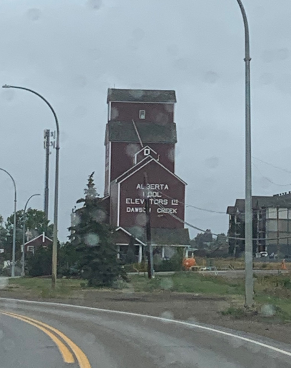
Entering Dawson Creek in the rain.
The Muncho Lake area was also pretty nice and saw caribou, one cow moose, and a bunch of bison going through that area.
I have been a member of HT for about 5 years but this is my first self-initiated thread. I am by no means the most eloquent writer but hopefully the following story is somewhat entertaining.
I am a late comer to hunting having just started in the fall of 2018 at age 53. I can say that watching Randy and his Fresh Tracks is what got me started as the solo backpack hunting approach appealed to my independent nature. And I have found myself following Randy’s footsteps twice now; once by accident with a surprise Wyoming Mule Deer Super Tag in 2019 that took me to southwest Wyoming (got a very nice mature 5x4 buck with twin eye guards) and once by design with this latest trip that took me to the Cassiar Mountains in BC for a moose hunt. Given my late start to accumulating points, this was likely my only way of getting a moose tag in my lifetime.
My plan was to bring back as much meat as possible, so I built a custom cooler for the back of my SUV (400-qt capacity) and loaded it up with ice jugs; packed the rest of my hunting gear and headed out for a 4-day drive to northwestern BC from my home south of Denver, CO. I was booked to hunt with Backcountry BC and Beyond for ten days and with a similar drive back, hopefully with a cooler full of moose, I was expecting to be gone most of the month of September. The hunt was two years in the planning and was started when my very understanding wife gave me a down payment for a moose hunt as a Christmas present.
I won’t go into much detail of the drive up other than to say that Alberta is a very large, mostly flat, province and I never really got into the mountains until after I passed Fort Nelson. I did go through Dawson Creek to get on the ALCAN Highway which was a first for me.

Entering Dawson Creek in the rain.
The Muncho Lake area was also pretty nice and saw caribou, one cow moose, and a bunch of bison going through that area.



